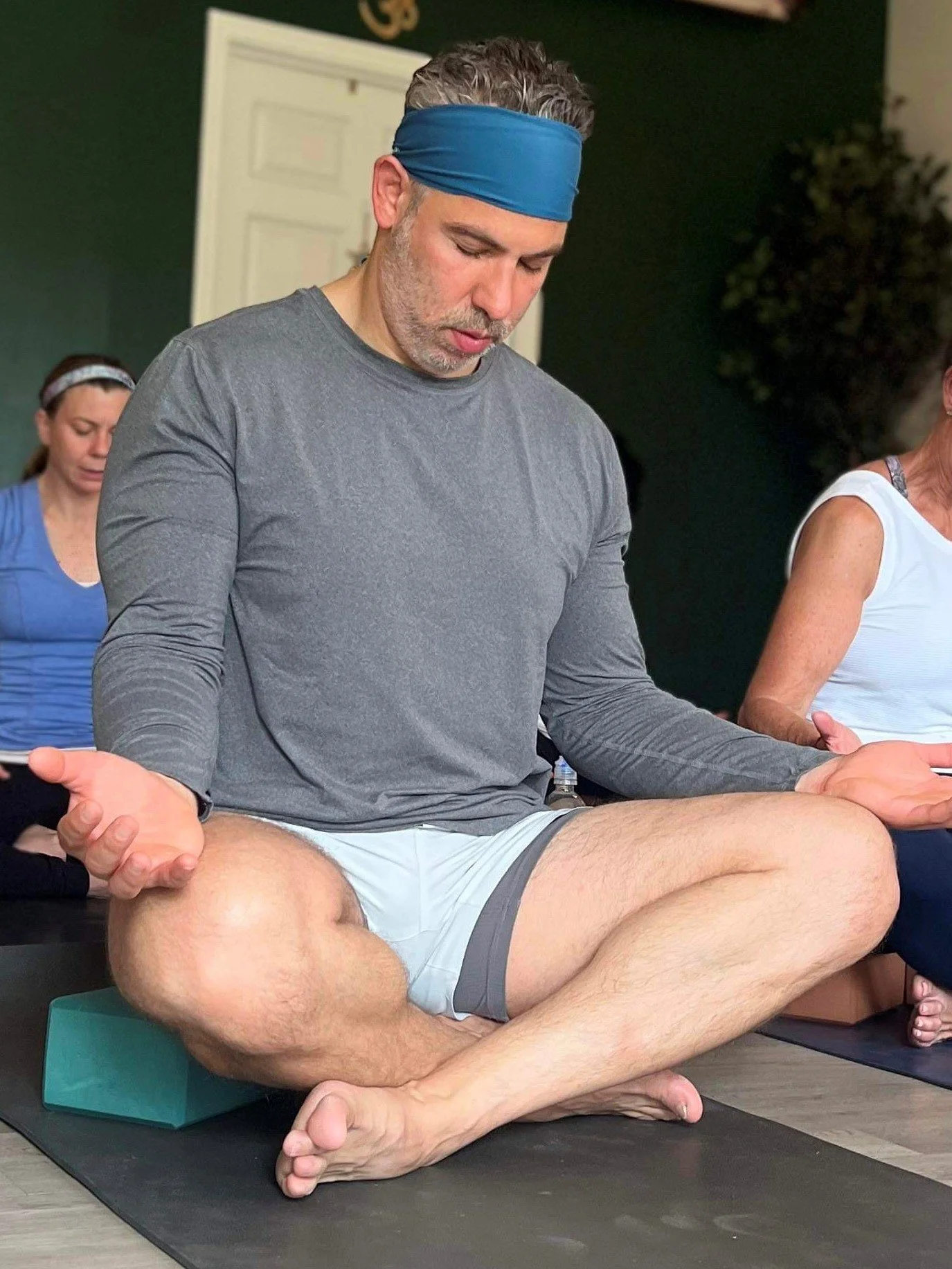Barbell Strength Training and Mobility:
As an athlete, or anyone beginning a comprehensive barbell strength training program, mobility can often be a limiting factor. Being able to move your body into the proper positions to successfully complete a barbell movement pattern is important. One point to consider: barbells are most effective and safest when they move in a straight line, as close as possible to the body's center of mass. Contrary to what some may think, the best way to lift barbell weights is to contour your body and movements around the bar to maintain the integrity of this straight line.
When barbells “get away” from the body or move along a nonlinear path, two things happen: safety is compromised, and the amount of weight a person can move is inevitably less than what they could lift with proper form and technique. This makes the lift less effective. Lifting 100 pounds, when you could actually lift 150 pounds with the correct form, will affect your weight room progress and strength goals.
Flexible joints that can move through normal human movement patterns are critical to long-term barbell weight training. It’s important to distinguish between mobile joints and loose joints. A certain level of “tightness” is part of a strong body, meaning that the joints are stable and move along their natural plane and full range of motion (ROM). Overly loose joints can potentially compromise your health if they “move” or “slide” away from their natural path.
In relation to the exercises for a comprehensive barbell training program, the core lifts include the squat, deadlift, bench press, overhead press, and power clean/power snatch. The joints and muscle fibers I’m referring to, in no particular order, are the ankles, hips, shoulders, wrists, and thoracic spine. Take the squat as an example: most people who struggle to get into the proper position for a full squat (hip crease below the knee) often lack the necessary ankle mobility. This is what causes people to “tip forward,” causing the barbell to move away from the midfoot and center of mass, drifting over the toes.
To help with my mobility, I adopted a consistent yoga practice, attending a weekly class dedicated to joint mobility and health, with the additional benefits of breathing techniques and balance practice. My daily routine at home, prior to lifting or when I just want to move my body, incorporates many of the movements commonly practiced in most yoga programs. A 10–15-minute routine daily, either prior to lifting, at night, or in the morning, can have significant benefits for barbell strength athletes. With all the online resources available, you don’t need to attend classes or be part of a yoga studio. These routines are easily done at home and require only a stable and comfortable floor space.
Exercises:
1. Sitting on untucked toes - ankles
2. Cat / Cow – low back and wrists
3. Deep Squat – ankles, hips and thoracic spine
4. Childs Pose – shoulders and thoracic spine
5. Downward Dog – shoulders and ankles
6. Lizard Pose - hips
7. Forward fold – hamstrings and spine.


